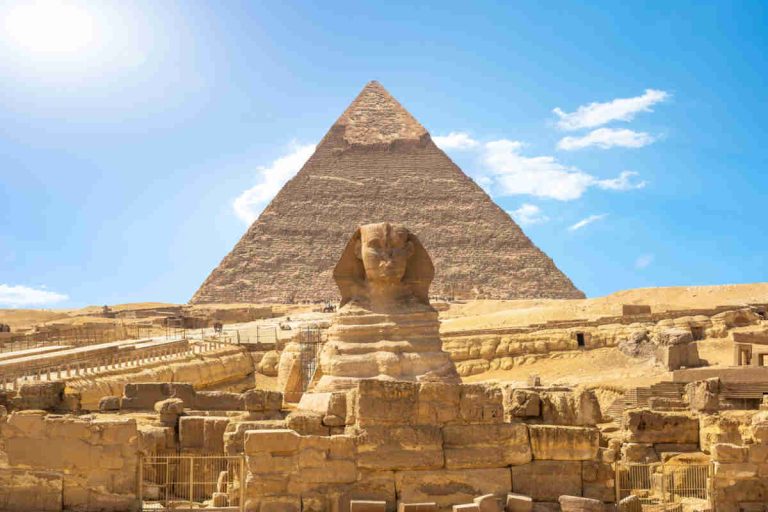Archaeological sites attract the attention and interest of numerous travelers. In our tours, they are often present due to their evocative beauty. However, it is necessary to interpret them adequately to appreciate their historical importance. For this, the work of a guide explaining every detail is fundamental. But increasingly common are other great ‘helpers’ in this purpose: museums or interpretation centers located within the archaeological site itself, or very close to it.
These spaces are repositories of the most valuable pieces, such as sculptures, mosaics, weapons, or jewelry. Additionally, their museographic program allows for a better understanding of the historical context of the site and its specificity, often deploying audiovisual resources. In the countries where our agencies work, there are several interesting examples, and it will be useful for you to know about them, in case you want to dedicate part of your time to visiting them.
Troy Museum, in Turkey
This is one of the most famous archaeological sites in the world, thanks to Homer’s Iliad. But it’s also one of the most complex and difficult to understand, as up to ten different settlements are superimposed on the ground, which were also damaged by very invasive excavations in the 19th century. But the new Troy Museum is a great ally in better understanding the preserved ruins, as well as showcasing documents and works of art (Treaty of Alaksandu, Sarcophagus of Polyxena) that until recently were kept in the Archaeological Museum of nearby Çanakkale.
Petra Museum, in Jordan
Considered one of the Seven Wonders of the Ancient and Modern World, the canyons of Petra can well be considered an open-air museum. But to learn in depth about the life of the Nabateans (the civilization that gave birth to this place), it’s worth entering the Petra Museum and admiring pieces such as the stele of the Goddess of Hayyan or explanatory panels about the keys to that pink city, such as the water supply through channels carved into the rock.
Imhotep Museum, in Saqqara
When it comes to archaeological sites and remains of ancient civilizations, few countries have more heritage than Egypt. In fact, there are many museums on this theme spread across different cities, including Cairo and Giza. But there are also small museums integrated into archaeological sites, such as the one in the necropolis of Saqqara, known as the Imhotep Museum, in honor of the architect of the funerary complex of Pharaoh Djoser who came to be considered divine. Models of the Step Pyramid (the first in history), mummies, sarcophagi, statues, boat models, blocks with hieroglyphics, canopic jars, and a long list of pieces extracted from the site, as well as instruments, tools, and other artifacts that speak of construction methods in Ancient Egypt.
Volubilis Museum, in Meknes
Morocco is making great strides in interpreting and disseminating its archaeological wealth. Therefore, one might wonder if there is a museum or interpretation center for its most important Roman site: Volubilis. And the answer is both “yes” and “no”. That is to say: in 2011, a modern museum was completed within the site, made of concrete and wood, managing to integrate with the nature of the space. However, it has not subsequently received the expected institutional support or tourist draw, and as of March 2025, when this article was being written, it remained indefinitely closed.
Therefore, those who want to closely observe the works of art and the most important pieces of the site will have to travel to other museums in the country, mainly to the Museum of History and Civilizations in Rabat. In fact, this is still the case today with other large museums of national archaeology in the countries where our agencies operate: large institutions that collect the best from the entire territory to show visitors in one space, as we tell you in another post.




